NFPA standards, such as NFPA 25 for water-based systems, mandate regular inspections and testing of fire suppression systems. This typically includes monthly, quarterly, or annual checks depending on the type of system and its components. Routine maintenance ensures the system is operational and will perform as expected during a fire emergency.
![]()
Fire Immuniser
+91-7829629111
Email: info@variex.in
Varistor Technologies Pvt. Ltd.
Block-1, First Floor, Ardente Office One, Hoodi Circle, ITPL Main Road, Bengaluru, Karnataka 560048, IN
What NFPA Is For Fire Suppression System
What NFPA Is For Fire Suppression System
Fire suppression systems are essential for protecting lives, property, and assets from the devastating effects of fires. These systems are commonly used in commercial, industrial, and residential settings, and they vary widely in terms of design, suppression agents, and applications. Ensuring the effectiveness and reliability of these systems is critical, which is where standards and regulations play an important role.
One of the most prominent organizations that establishes standards for fire suppression systems is the National Fire Protection Association (NFPA). The NFPA is a nonprofit organization that develops and publishes codes, standards, and guidelines aimed at reducing the risk of fire and ensuring fire protection systems are effective, efficient, and safe.
This article will provide an in-depth look at what NFPA is, how it contributes to fire suppression systems, and the specific NFPA standards relevant to these systems.
What Is NFPA?
The National Fire Protection Association (NFPA) was founded in 1896 and is recognized as a global leader in fire safety. The organization is dedicated to promoting fire protection and prevention through the development of codes and standards, training, research, and public education. It works with professionals in fire safety, insurance, engineering, and emergency response sectors to create guidelines that reduce the occurrence and impact of fires.
NFPA standards cover a broad range of fire safety topics, including the design and installation of fire suppression systems, fire alarms, emergency lighting, and fire-resistive materials. The NFPA’s work ensures that fire protection systems are effective in preventing and mitigating fires while minimizing harm to people, property, and the environment.
How NFPA Develops Fire Suppression Standards
NFPA standards are developed through a consensus process that involves input from various stakeholders, including fire protection engineers, building owners, insurance companies, code officials, and industry experts. This collaborative process ensures that the standards are not only technically sound but also practical and implementable in real-world applications.
The development of these standards typically includes:
- Research and Data Collection: NFPA conducts research and gathers data on fire behavior, fire protection technologies, and fire suppression methods. This research helps the organization to better understand emerging fire risks and challenges, leading to the creation of updated standards.
- Public Input and Review: Once a draft standard is developed, it undergoes a public review process where stakeholders can provide comments, suggestions, and concerns. This ensures that the final version of the standard is comprehensive and addresses a wide range of perspectives.
- Approval and Publication: After revisions and reviews, the NFPA’s Standards Council approves the final version of the standard. The standard is then published and made available to the public. NFPA standards are typically updated every three to five years, depending on the topic.
- Adoption and Enforcement: Once published, NFPA standards are often adopted by local, state, and national authorities as part of building codes and regulations. Compliance with these standards may be mandatory for new construction projects, renovations, or facility upgrades. They also provide a benchmark for fire safety inspections and audits.
NFPA Standards for Fire Suppression Systems
Fire suppression systems must be designed, installed, and maintained according to established standards to ensure they work effectively when needed. NFPA’s fire suppression-related standards cover a range of systems, including water-based, chemical, and gaseous suppression methods.
Here are some of the most important NFPA standards for fire suppression systems:
NFPA 13: Standard for the Installation of Sprinkler Systems
NFPA 13 is one of the most widely recognized standards for fire suppression systems, specifically focused on the design and installation of sprinkler systems. Sprinklers are one of the most common fire suppression systems used in both residential and commercial buildings due to their reliability and effectiveness in suppressing fires at an early stage.
Key points covered in NFPA 13 include:
- Sprinkler Design and Placement: NFPA 13 outlines requirements for the proper design, layout, and spacing of sprinklers. This ensures that the system provides adequate coverage for the building’s size, occupancy type, and fire hazards.
- Water Supply Requirements: The standard details the minimum water flow and pressure needed for effective fire suppression. It includes specifications for the type and capacity of water supply systems, such as municipal water sources or dedicated fire pumps.
- System Testing and Maintenance: NFPA 13 requires regular testing and maintenance of sprinkler systems to ensure they will function properly during a fire emergency. This includes testing water flow, pressure, and alarm systems, as well as inspecting pipes and sprinkler heads for damage.
- Special Hazards and High-Risk Areas: For special environments, such as chemical processing plants, high-rise buildings, or warehouses with high fire risks, NFPA 13 specifies tailored sprinkler system designs to meet these specific needs.
NFPA 12: Standard on Carbon Dioxide Extinguishing Systems
NFPA 12 addresses the use of carbon dioxide (CO2) as a fire suppression agent. CO2 systems are commonly used in areas with high-value equipment, such as data centers, electrical rooms, and museums, because CO2 is effective at suppressing fires without causing damage to sensitive materials.
Key aspects of NFPA 12 include:
- Design and Installation: The standard outlines the criteria for the design and installation of CO2 systems, including the proper placement of CO2 cylinders and discharge nozzles to ensure the effective suppression of fires.
- System Components: NFPA 12 specifies the components of CO2 systems, such as CO2 cylinders, control panels, and release mechanisms, to ensure they meet safety and performance standards.
- Safety Measures: Because CO2 systems displace oxygen in the protected area, NFPA 12 includes guidelines on safe operation and evacuation procedures. The system should only be activated when the area is unoccupied, or occupants have been safely evacuated.
- Testing and Maintenance: Regular inspection and testing are essential to ensure CO2 systems will work properly when needed. This includes checking the pressure and integrity of CO2 cylinders and ensuring the system is fully charged and operational.
NFPA 17: Standard for Dry Chemical Extinguishing Systems
NFPA 17 provides requirements for the design, installation, and maintenance of dry chemical fire suppression systems. These systems are commonly used in environments where flammable liquids, gases, or electrical equipment pose a high risk of fire. Dry chemical systems are effective in suppressing fires caused by these hazards and are widely used in industries such as automotive, aviation, and manufacturing.
Key points in NFPA 17 include:
- System Design: The standard specifies how dry chemical agents should be distributed throughout the protected area to ensure complete coverage of potential fire hazards.
- Chemical Agent Selection: NFPA 17 provides guidelines for selecting the appropriate dry chemical agent for different fire classes (e.g., Class A, B, or C fires).
- System Activation: NFPA 17 outlines the procedures for automatic activation, which typically involves heat or flame detection devices. The system must activate quickly to suppress fires before they can spread.
- Maintenance and Testing: To ensure the system works effectively, regular maintenance, such as inspecting agent levels, testing the nozzles, and checking for corrosion, is required.
NFPA 2001: Standard on Clean Agent Fire Extinguishing Systems
NFPA 2001 is focused on the use of clean agent fire suppression systems, which are commonly used in areas with sensitive electronics, such as data centers, telecommunication facilities, and museums. Clean agents, such as FM-200, Novec 1230, and Inergen, are environmentally friendly and effective at suppressing fires without causing harm to sensitive equipment.
Key elements of NFPA 2001 include:
- Agent Selection: NFPA 2001 provides guidelines for selecting the appropriate clean agent based on the specific fire hazards and environmental considerations of the protected area.
- System Design and Installation: The standard outlines the design requirements for clean agent systems, including proper placement of discharge nozzles, agent storage, and release mechanisms.
- System Activation: Clean agent systems are typically activated automatically via fire detection devices. NFPA 2001 provides guidelines for selecting the appropriate detection technology, such as smoke, heat, or flame detectors.
- Safety Considerations: Since clean agents can be hazardous to people in high concentrations, NFPA 2001 emphasizes proper safety measures, including the requirement for occupant evacuation before system activation.
- Maintenance and Testing: Regular inspections and maintenance are required to ensure the system remains functional, including testing agent release and ensuring that cylinders are properly charged.
NFPA 25: Standard for the Inspection, Testing, and Maintenance of Water-Based Fire Protection Systems
NFPA 25 outlines the procedures for inspecting, testing, and maintaining water-based fire suppression systems, including sprinklers, standpipes, and fire pumps. This standard ensures that these systems remain operational and effective over time.
Key elements of NFPA 25 include:
- Routine Inspections: NFPA 25 requires regular inspections to verify the integrity of fire suppression equipment, such as checking for corrosion, leaks, or damage to pipes, valves, and sprinkler heads.
- Testing Requirements: The standard outlines periodic testing requirements, such as testing water flow and pressure, to ensure the system will perform as expected during a fire emergency.
- Maintenance Practices: NFPA 25 includes guidelines for maintaining the system, including replacing defective components and ensuring that water supply systems are adequate and reliable.
Conclusion
The National Fire Protection Association (NFPA) plays a vital role in establishing the standards and codes that govern fire suppression systems. These standards ensure that fire suppression systems are designed, installed, and maintained to provide effective fire protection while minimizing risks to people, property, and the environment.
The various NFPA standards, such as NFPA 13 for sprinkler systems, NFPA 12 for CO2 suppression, and NFPA 2001 for clean agent systems, are essential for ensuring that fire suppression systems meet high-performance standards. These guidelines help ensure that systems are appropriately tailored to the fire risks they address and provide clear protocols for installation, maintenance, and testing.
Compliance with NFPA standards is not only a regulatory requirement but also a key factor in ensuring the safety and longevity of fire suppression systems. Whether you’re designing, installing, or maintaining a fire suppression system, understanding and adhering to NFPA guidelines is crucial for effective fire protection.
Frequently Asked Questions
The National Fire Protection Association (NFPA) establishes standards and codes for the design, installation, and maintenance of fire suppression systems. NFPA’s guidelines ensure that these systems are effective, reliable, and safe, minimizing risks to people and property. Standards like NFPA 13, NFPA 12, and NFPA 2001 govern various types of fire suppression systems, including sprinklers, CO2, and clean agents.
Several NFPA standards are directly related to fire suppression systems, including:
- NFPA 13: Standard for sprinkler systems.
- NFPA 12: Standard for CO2 extinguishing systems.
- NFPA 17: Standard for dry chemical extinguishing systems.
- NFPA 2001: Standard for clean agent fire extinguishing systems.
- NFPA 25: Standard for the inspection, testing, and maintenance of water-based fire protection systems.
NFPA ensures the effectiveness of fire suppression systems by developing codes and standards based on extensive research, testing, and input from industry experts. These standards dictate everything from system design and component specifications to installation practices and maintenance schedules. Regular updates and revisions ensure that fire suppression systems evolve in line with new technology and emerging fire risks.
NFPA standards are often adopted by local, state, or national authorities and incorporated into building codes and fire safety regulations. While NFPA standards themselves are not legally binding, they are typically referenced in law, making compliance mandatory in many jurisdictions. Following these standards ensures that fire suppression systems meet legal and safety requirements.
Final Say
At VariEx.in and VariexOnline.com, we specialize in supplying and installing top-quality fire fighting systems and equipment. From fire extinguishers to advanced suppression systems, we offer comprehensive solutions tailored to your needs. Our experienced team ensures precise installation and maintenance for optimal safety.
Trust VariEx for reliable fire protection. Contact us online or call 7829629111 to learn more.
We specialize in manufacturing, supplying, and distributing a comprehensive range of fire fighting equipment, including state-of-the-art fire extinguishers. Read our most searched blogs and find interesting information on topics such as how to use a fire extinguisher, how to calculate fire fighting water tank capacity, fire extinguisher refilling, obtaining a Fire NOC, understanding fire fighting systems, types of fire protection systems, the fire hydrant system, and the fire sprinkler system. These resources provide essential knowledge for ensuring safety and compliance with fire safety regulations. Additionally, you can explore guides on the maintenance of fire protection equipment, the latest advancements in fire safety technology, and best practices for fire risk assessment and management.
Our expertise extends to fire alarm systems, fire hydrant systems, and fire suppression systems, including fire sprinklers. Each product meets rigorous international standards for reliability and performance, ensuring effective fire safety products tailored to diverse applications and industries. Additionally, we are providing Fire Extinguisher Refilling and AMC services to ensure ongoing maintenance and operational readiness of fire safety equipment.


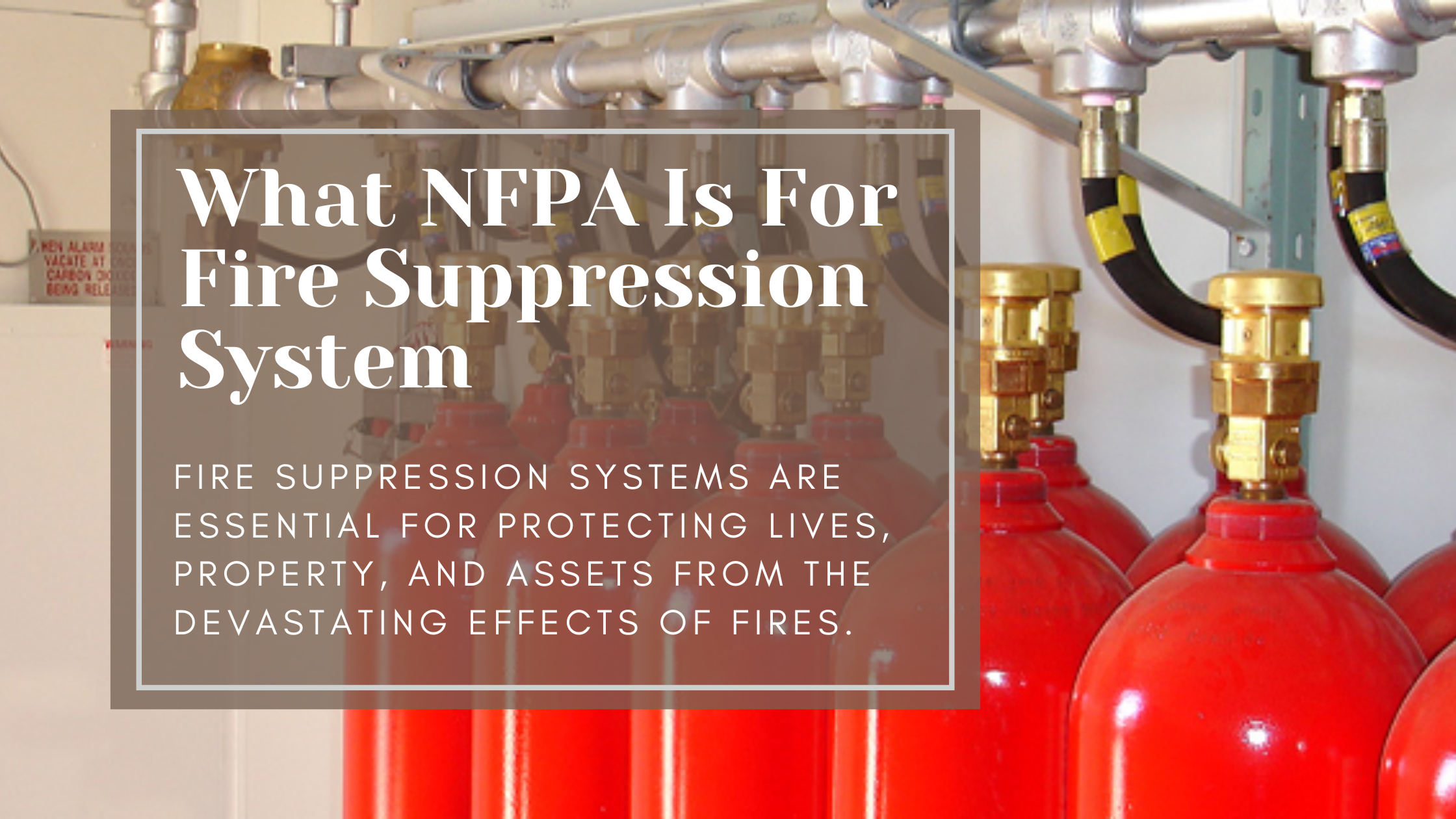
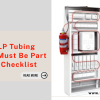
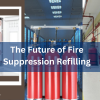
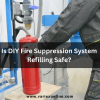

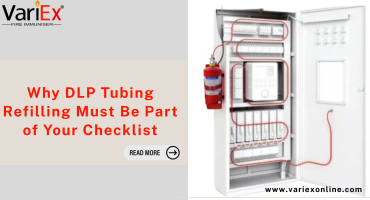
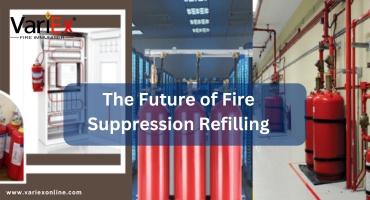
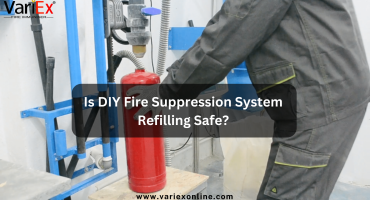

Interested in purchasing fire extinguishers powder, CO2 & moduler for metre room etc at residential building at Kolkata, share your price and specifications.
Thank you for contacting us. We will reach out to you as soon as possible. If you have any other queries, please feel free to contact us via our website at http://www.variex.in or call us at 080-41178911 or sales@variex.in .
Interested in purchasing fire extinguishers powder, CO2 for automatic moduler for metre room, please share price and specifications.
Thank you for contacting us. We will reach out to you as soon as possible. If you have any other queries, please feel free to contact us via our website at http://www.variex.in or call us at 080-41178911 or sales@variex.in .